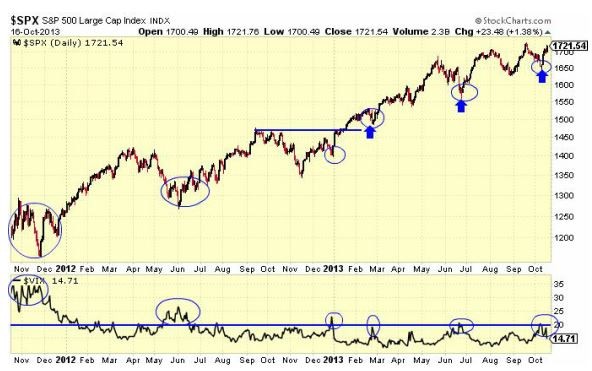Lesson Two The Basics of Hedging
Post on: 11 Май, 2015 No Comment

Advertisement
Livestock and grain prices have been very volatile the last several years. These price swings can be good or bad for your profits, depending on how you position your sales and when you buy your inputs.
For a corn and soybean grower, hedging usually means taking a short position to protect against downside price risk. He sells a futures contract, planning to buy it back later. A long hedge, on the other hand, protects against rising prices. It involves buying a futures contract with the intention of selling it later.
Why would you ever consider a long hedge and how would it work?
Livestock feeders who want to lock in cheap feed usually make long hedges. Many seed companies use long hedges to lock in seed costs at the right time. Grain farmers who bought diesel fuel ahead or bought long energy contracts saved a lot on fuel expenses in 1999 as energy prices doubled. Cattle feeders may have used long feeder cattle futures last year to lock in low-cost fall feeder cattle. And an increasing number of grain farmers are using long futures to replace cash grain sales when the right merchandising opportunities develop.
The example in Table 1 shows a long corn feed hedge. In January of 1999, this farmer agreed to buy 1,000 feeder pigs during the last half of February. The hogs would go to market in August. He worked out his breakeven with his lender, and determined that, by hedging the hogs and locking in his feed costs, he could make $14/head.
On Jan. 20, he forward-sold five contracts of August lean hogs at $57/cwt (carcass value), locked in his cash soybean meal, and then bought 10,000 bu of September 1999 corn futures at $2.32/bu.
The long corn feed hedge didn’t make or lose him a lot of money. But contracting the hogs at $57 was the right move because lean hogs dropped to $47 by the time he delivered, and he made the $14/head profit he had budgeted. Without protecting himself against higher feed costs and lower hog prices, he wouldn’t have been able to secure the loan or make the money raising hogs.
The example in Table 2 is of a soybean grower, a long-time customer who walked into my office on Jan. 8, 1997. I just sold 20,000 bu of soybeans to buy a farm and I want to own them back in the July contract, he said.
This example shows how retaining ownership on paper can work in an uptrending market, especially if any type of weather scare develops.
Holding onto cash soybeans or futures contracts made a lot of money during the spring of 1997 as soybean prices eventually went over $9/bu. That strategy would not have worked during the last two years as soybean prices have been in a major downtrend. The risk is the same whether you’re holding cash or futures.
This question often comes up: Is selling the cash soybeans and then buying them back in the futures market speculating? The answer is yes, just like sitting on cash soybeans in the bin with no hedges or put protection is speculating in the cash market. The key in reownership is to make the buy-back simultaneous with the cash sale and make sure you’re buying back an equal or lesser amount in the futures market.
I’m not an accountant and don’t give legal advice, so if you’re not sure how this may work, check with your accountant or tax advisor first.
If you understand the mechanics of selling the cash crop and buying back the futures, then the key question is when should you transfer ownership to paper. One such time would be if you’ve been forced to sell the cash commodity and want to retain ownership. Another would be if you’re offered an exceptional basis, suchas when an elevator pushes bids to load a train, and you know that if you hold the cash product too long you’ll end up taking a worse basis.
The real financial gain is the interest you save by being able to take 80-90% of the money to the bank and save or earn interest.














